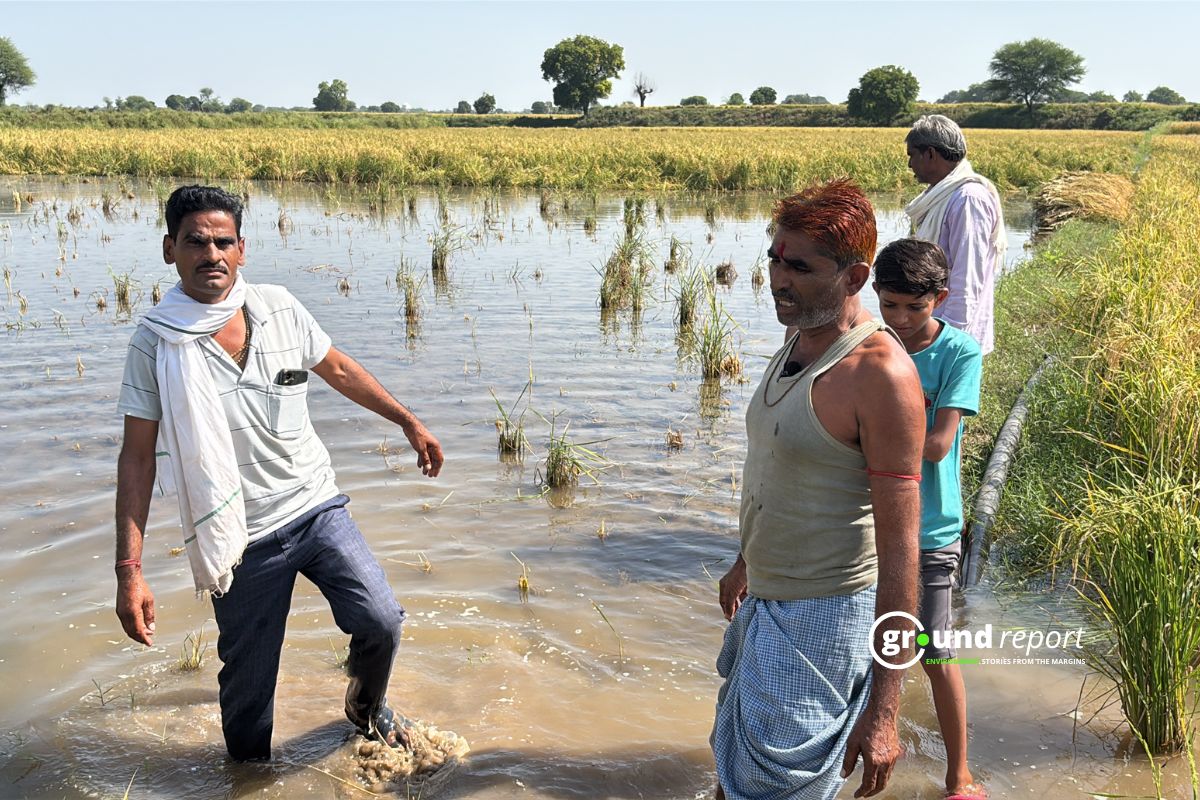A recent study by scientists at the University of Stirling suggests that growing edible mushrooms alongside trees can offer a solution to mitigate the impact of climate change while providing a valuable food source for millions of people.
The study, published in the prestigious journal PNAS, highlights that this approach not only reduces the need for deforestation for agriculture but also incentivizes tree planting.
Professor Alistair Jump and Honorary Professor Paul Thomas worked together to conduct the study, which involved analyzing data from published sources over a two-year period.
It revealed that cultivating edible ectomycorrhizal fungi (EMF) in the wild can produce nutritious food for 19 million people annually and remove 12.8 tonnes of carbon per hectare from the atmosphere every year.
This system of mycoforestry, where fungi can be grown alongside trees, can help reduce greenhouse gases and improve food security.
Compared to other major food groups, the cultivation of EMF is the only group that can result in such benefits.
The scientists believe that if this system is combined with existing forestry activities, it could significantly increase food production.
In the last ten years, this system could have produced enough food to feed 18.9 million people annually, including 4.6 million in China, 1.6 million in Brazil, and 1.7 million in Canada.
Professor Thomas considers this a developing technology, and emphasizes the need for more research and support from relevant organizations to fully realize its benefits.
The researchers believe that this system can potentially address the rising emissions from food production, while also promoting global biodiversity conservation.
Additionally, it can accelerate socio-economic growth in rural areas and encourage increased tree planting.
Support us to keep independent environmental journalism alive in India.
Keep Reading
What is Green Hydrogen? Could it change energy in South Asia?
Blue hydrogen is worst for climate: study
How Increasing space traffic threatens ozone layer?
Hydro Fuel Market: India’s current scenario and the future ahead
Natural Gas is a Misleading term, It is not Natural and clean at all
Follow Ground Report on X, Instagram and Facebook for environmental and underreported stories from the margins. Give us feedback on our email id greport2018@gmail.com.
Don’t forget to Subscribe to our weekly newsletter, Join our community on WhatsApp, and Follow our YouTube Channel for video stories.








